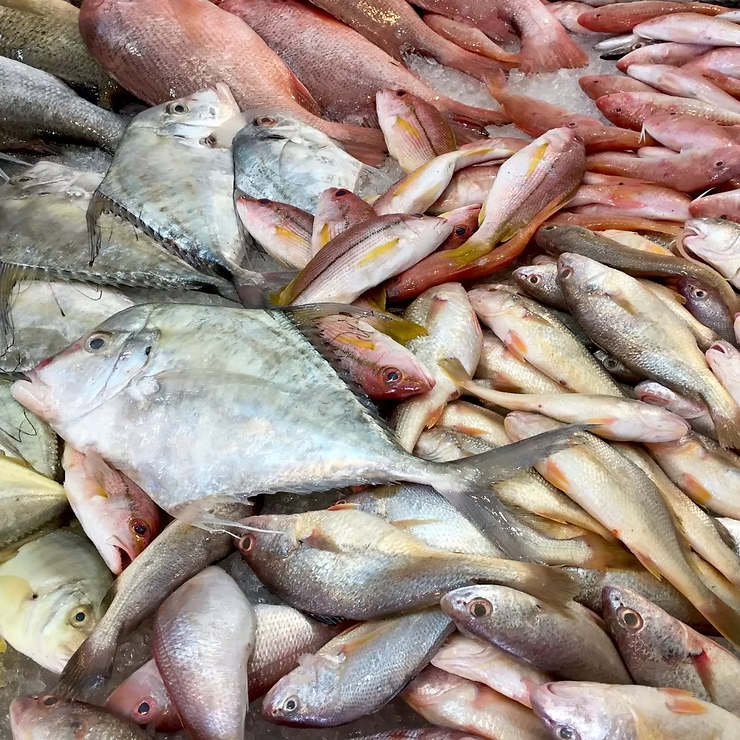The Impact of Overfishing on Marine Animal Populations
Overfishing, worsened by climate change, is destabilizing marine ecosystems and diminishing biodiversity. From plankton to predators, every level of the food chain is feeling the strain. Beyond ecological consequences, these declines ripple into human societies, affecting fisheries, cultural traditions, and food security. Conservation strategies, community engagement, and innovative science are vital to chart a sustainable path forward.
The Vanishing Shoals: Overfishing and Its Consequences
Understanding Overfishing
Overfishing occurs when fish are caught faster than they can reproduce. The results go far beyond reduced stocks:
- Depletion of keystone species disrupts marine food webs
- Loss of habitat regulation as species critical to reefs and seagrass beds vanish
- Severe economic consequences for coastal communities reliant on fishing
Recognizing the basics of overfishing underscores the urgency of addressing this crisis.
The Domino Effect on Ecosystems
Marine ecosystems are finely balanced. Overfishing removes predators and competitors, causing imbalances that cascade through habitats. Crabs, bivalves, and other species face added stress from acidification, hypoxia, and warming waters, threatening their survival and weakening overall ecosystem resilience.
Case Studies: From Abundance to Scarcity
Examples like the decline of Gulf croakers and nutrient-starved diatoms highlight how quickly abundance can turn to scarcity. Combined pressures of overexploitation, habitat degradation, and climate fluctuations accelerate these losses.
Climate Change Compounds the Crisis
Rising Temperatures
Marine heatwaves and shifting salinity disrupt species like kelp forests and herring embryos. Sensitive life stages are especially at risk, with survival rates dropping as conditions worsen.
Ocean Acidification
Acidification alters seawater chemistry, undermining the survival of molluscs, oysters, and other calcifying species. Studies reveal only a minority of oyster families can adapt, underscoring the need to understand resilience mechanisms.
Hypoxia
Oxygen-depleted “dead zones” are spreading, suffocating bottom-dwellers like clams and worms. Combined with warming and runoff, hypoxia turns once-rich habitats into lifeless deserts.
Species Under Pressure
Targeted Fish
- Atlantic Croaker: Declining due to hypoxia, acidification, and temperature fluctuations
- Pacific Herring: Embryos face higher mortality under warming and acidification
- Predatory Fish: Apex predators lose both numbers and habitats, threatening ecosystem stability
Non-Fish Marine Animals
Bivalves, crabs, and kelp forest consumers are equally vulnerable. Acidification weakens shells, disrupts development, and reduces resilience, endangering both ecosystems and fisheries.
Ripple Effects on Food Webs
Plankton declines destabilize entire food chains. Mercury magnification worsens toxicity higher up the web, threatening both marine predators and humans. Even scavengers like crabs, essential to ecosystem health, are compromised under stress.
Research and Modeling Marine Futures
Agent-Based Models
ABMs simulate individual fish responses to stressors, helping predict population futures. While imperfect, they offer valuable guidance for conservation planning.
Multigenerational and Taxonomic Studies
Long-term and diverse taxonomic research reveal nuanced species responses, highlighting the importance of studying less commercially popular groups to fully grasp climate impacts.
Resilience and Adaptation
Some species show remarkable adaptability, such as select oyster families and infaunal bivalves. High-latitude consumers also demonstrate resilience, but variability underscores the need for broader and deeper research.
Conservation and Sustainable Practices
Quotas and Protected Areas
Catch limits and marine reserves safeguard populations and habitats, allowing ecosystems to recover.
Community-Based Management
Engaging local communities empowers stakeholders, blending traditional knowledge with sustainable practices to protect both livelihoods and marine biodiversity.
Innovations in Fishing
Selective gear, eco-labeling, and remote monitoring reduce bycatch, support sustainability, and build accountability across the fishing industry.
Socioeconomic Impacts
Fisheries and Livelihoods
Declining stocks devastate employment, food security, and cultural traditions in fishing communities.
Cultural and Economic Value
Marine species shape rituals, cuisine, and art, while biodiversity loss threatens industries from local markets to global trade.
Shaping the Future
Science and Predictive Models
Data-driven models help anticipate challenges and inform smarter conservation and policy decisions.
Policy and Public Awareness
Strong legislation, informed voting, and active advocacy drive sustainable practices. Individual actions—reducing plastic use, supporting sustainable seafood, and engaging in conservation—make collective change possible.
Conclusion
Overfishing, compounded by climate change, is reshaping marine ecosystems and threatening human well-being. By advancing science, implementing effective policies, and engaging communities, we can restore balance and secure the future of marine life and the people who depend on it.
Frequently Asked Questions
What is overfishing and how does it impact marine life?
Overfishing occurs when fish are caught faster than they can reproduce, disrupting ecosystems and threatening species survival.
How does climate change worsen overfishing impacts?
Warming, acidification, and oxygen loss compound stress on species already struggling with overfishing.
Why are Pacific herring embryos significant?
They are crucial forage fish, and their decline disrupts food webs from seabirds to marine mammals.
What role do crabs play in ecosystems?
Crabs act as scavengers, recycling nutrients and maintaining ocean floor health, making their decline critical.
What conservation strategies are effective?
Protected areas, quotas, community management, and sustainable fishing innovations help restore populations and habitats.
How does public awareness contribute?
Informed consumer choices, sustainable seafood demand, and advocacy drive stronger conservation measures and policy changes.

